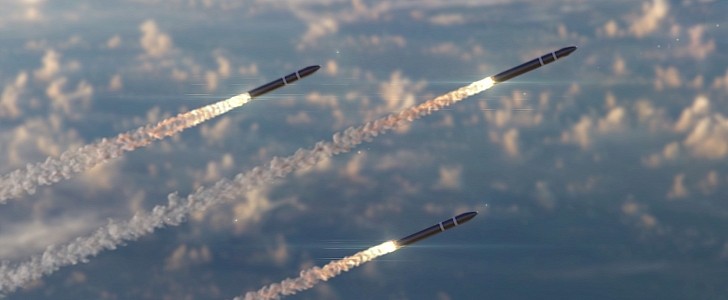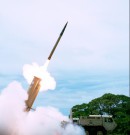Back at the beginning of 2021, the Missile Defense Agency (MDA) announced it awarded a $3.7 billion contract to Lockheed Martin and partner Aerojet Rocketdyne for the development of the Next Generation Interceptor (NGI) missile defense system. This week, more than a year after that, Lockheed gave us an update on how things are going.
The NGI is supposed to be an upgrade of the existing Ground-Based Midcourse Defense (GMD) anti-ballistic missile system, and is to be used “to protect the U.S. homeland from increasing and evolving intercontinental ballistic missile threats.” It’s not scheduled for delivery before fiscal year 2027, but that doesn’t mean work on it is not progressing.
This week, the American defense contractor announced it has recently validated prototype communications radio technology for the system. The tech is the one that will give the interceptor in-flight situational awareness and the ability to respond to threats.
Although, because of the nature of the technology, no specifics were provided on the tech used, we’re told the tests “demonstrated that the interceptor’s communications system can operate through harsh and adversarial environments it may encounter during flight.”
“Early demonstrations like this allow us to learn as we go and manage risk,” said in a statement Sarah Reeves, vice president and program manager of the Next Generation Interceptor program at Lockheed Martin.
“This milestone continues the NGI team’s successful early and often testing cadence of critical technologies within our digital system design as it matures in alignment with our Developmental Evaluation Framework.”
When ready, the Next Generation Interceptor will become the first line of defense against ballistic missiles, and perhaps the most important part of America’s layered missile defense architecture. As per available info, it’s supposed to launch from silos based in Ft. Greely, Alaska, and Vandenberg Air Force Base in California.
This week, the American defense contractor announced it has recently validated prototype communications radio technology for the system. The tech is the one that will give the interceptor in-flight situational awareness and the ability to respond to threats.
Although, because of the nature of the technology, no specifics were provided on the tech used, we’re told the tests “demonstrated that the interceptor’s communications system can operate through harsh and adversarial environments it may encounter during flight.”
“Early demonstrations like this allow us to learn as we go and manage risk,” said in a statement Sarah Reeves, vice president and program manager of the Next Generation Interceptor program at Lockheed Martin.
“This milestone continues the NGI team’s successful early and often testing cadence of critical technologies within our digital system design as it matures in alignment with our Developmental Evaluation Framework.”
When ready, the Next Generation Interceptor will become the first line of defense against ballistic missiles, and perhaps the most important part of America’s layered missile defense architecture. As per available info, it’s supposed to launch from silos based in Ft. Greely, Alaska, and Vandenberg Air Force Base in California.








